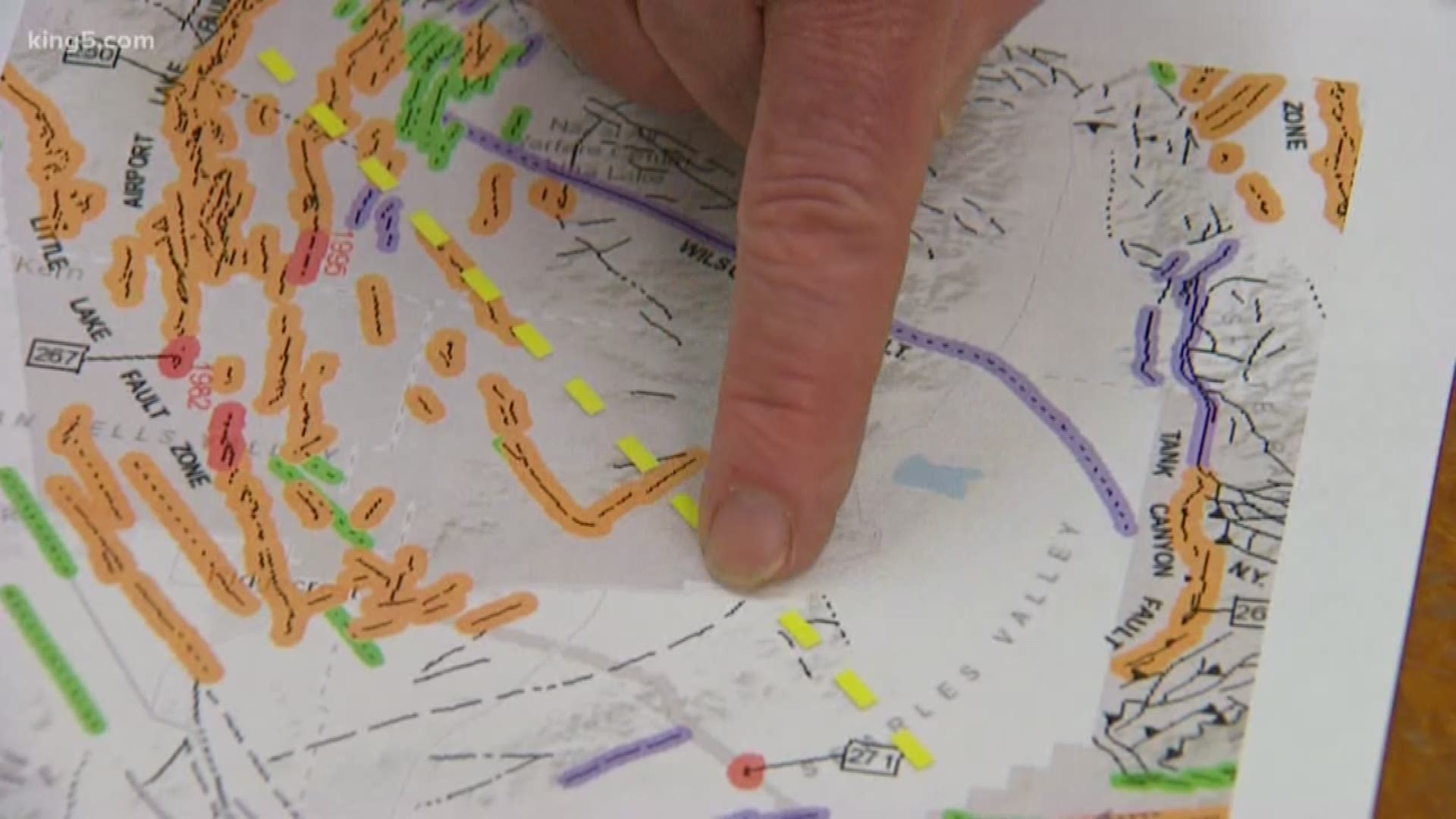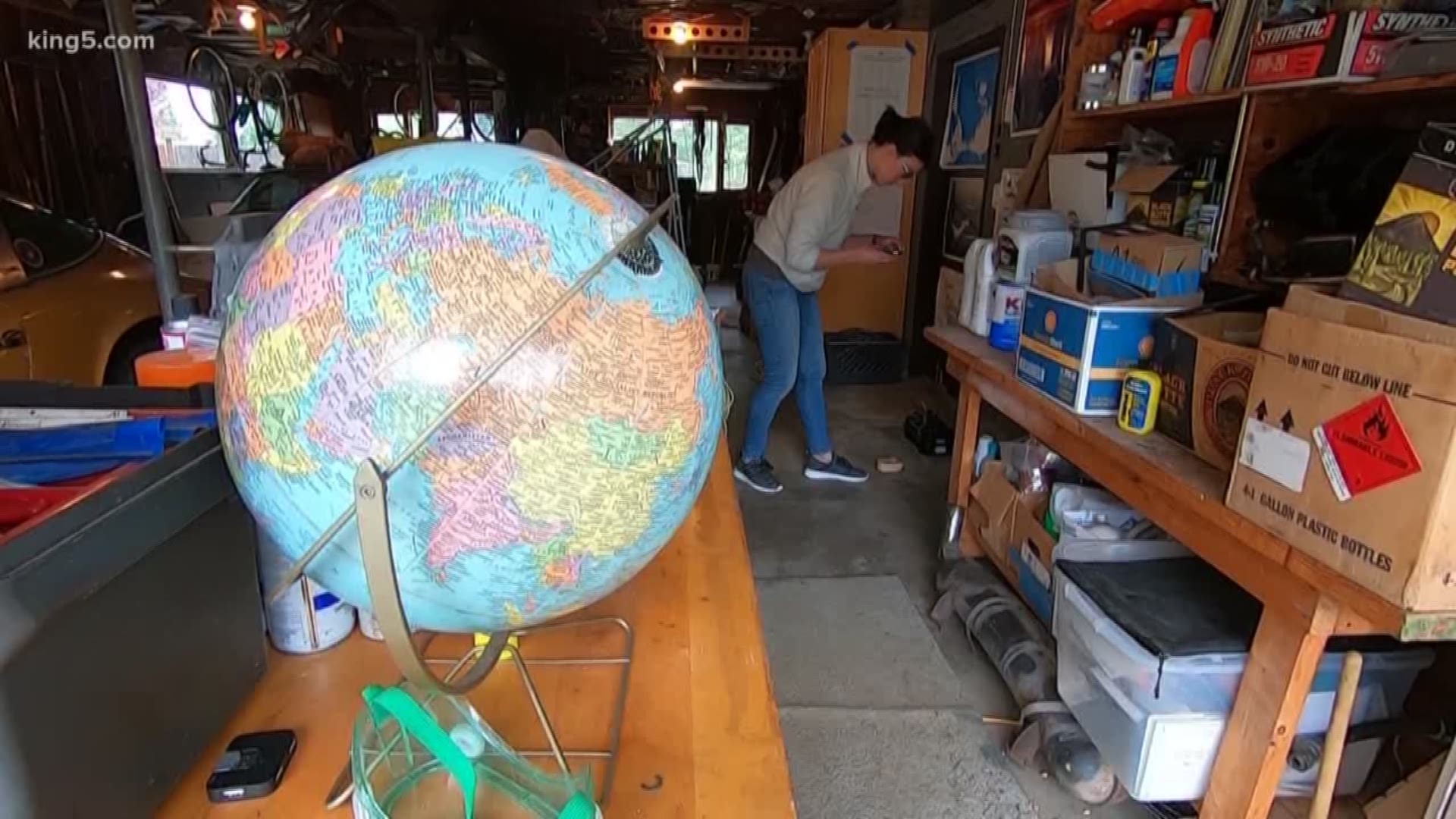While we often talk about “The Big One," a large earthquake on the Cascadia Subduction Zone, it’s important to remember that there are also smaller, shallower faults running right through the city of Seattle that are capable of producing earthquakes as large as a magnitude 7 like the one California just experienced.
While Friday's 7.1 magnitude earthquake was the largest quake to hit California in nearly 20 years, the faults involved were barely even on the map.
California's earthquakes serve as a reminder that there’s still a lot we don’t know about the faults under Seattle.
The Seattle fault zone runs through Sodo, West Seattle, South Seattle, and Bainbridge Island.
Where the Seattle fault ends to the west and east remains a mystery, and knowing the fault’s length is crucial to understanding how large of an earthquake it could produce.
Teams of scientists from the United States Geological Survey (USGS) have been trenching in eastern Washington to find out how far the fault extends.
“These earthquakes have shown that there’s a connected fault at depth that’s not really showing up in our surface mapping.” said Dr. Harold Tobin, director of the Pacific Northwest Seismic Network, about the California earthquakes. “We can only map what we can find evidence for. Compared to a couple of decades ago, we know a great deal more about the faults and their history. But at some levels, we simply don’t know.”
Finding faults is easier in the deserts of California, where the geologic history has not been overprinted by glaciation and vegetation like it has in Washington.
Scientists use trenches, laser scans of the ground surface and seismic studies to try to find where the faults may be hiding.
Another challenge to understanding faults in the Seattle area is that they are much less active than those in California. While they may not produce damaging earthquakes often, they are still capable of producing large ones.
The Seattle fault is a thrust fault, which means a rupture would produce a vertical motion also capable of producing a tsunami in Puget Sound.
Later this summer, researchers from the University of Washington will send a boat down the Duwamish Waterway with special instruments aimed at better imaging the Seattle fault.
The bottom line: have a plan. Know what you and your family will do during and after an earthquake.
If you feel shaking: stop, drop, and cover. Plan ahead and have water, food, and other emergency supplies ready.
Laura Fattaruso is KING 5's 2019 Summer Science Fellow, a graduate student from the University of Massachusetts-Amherst.


